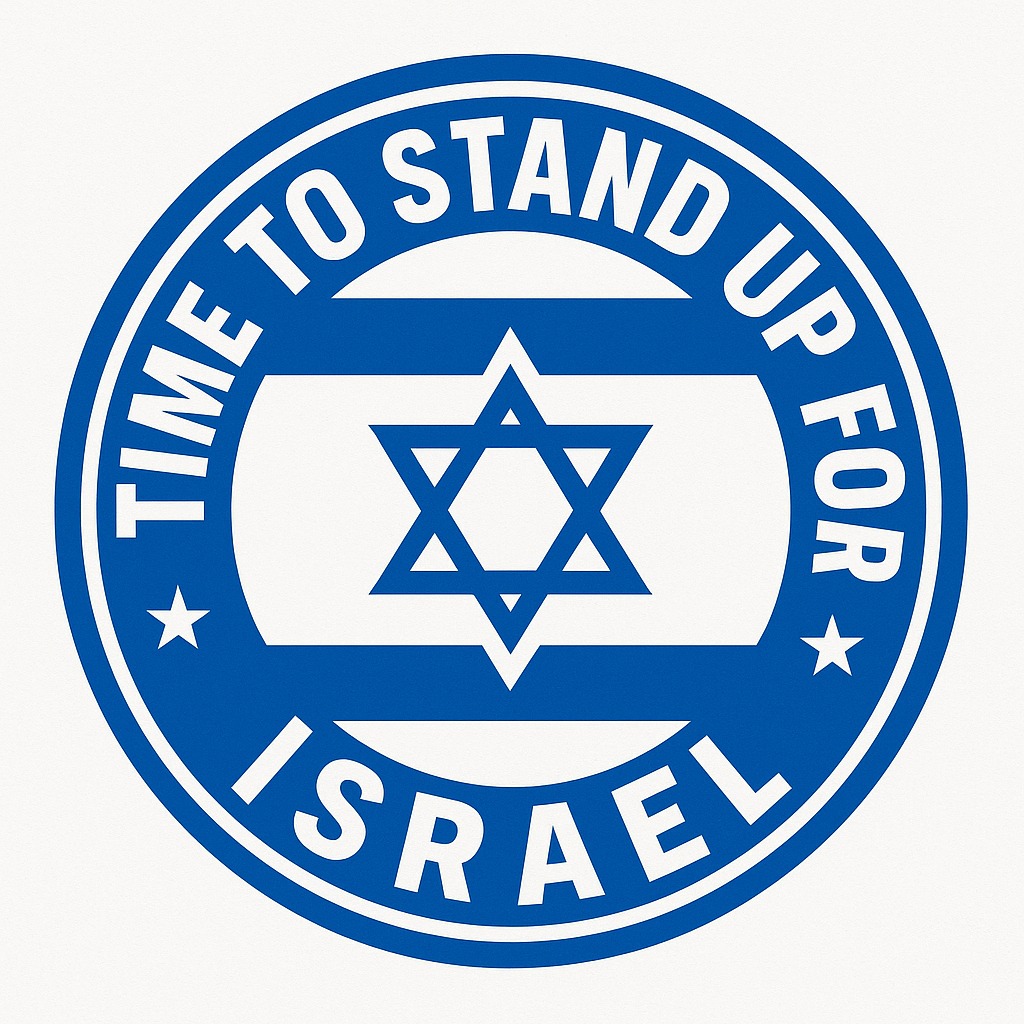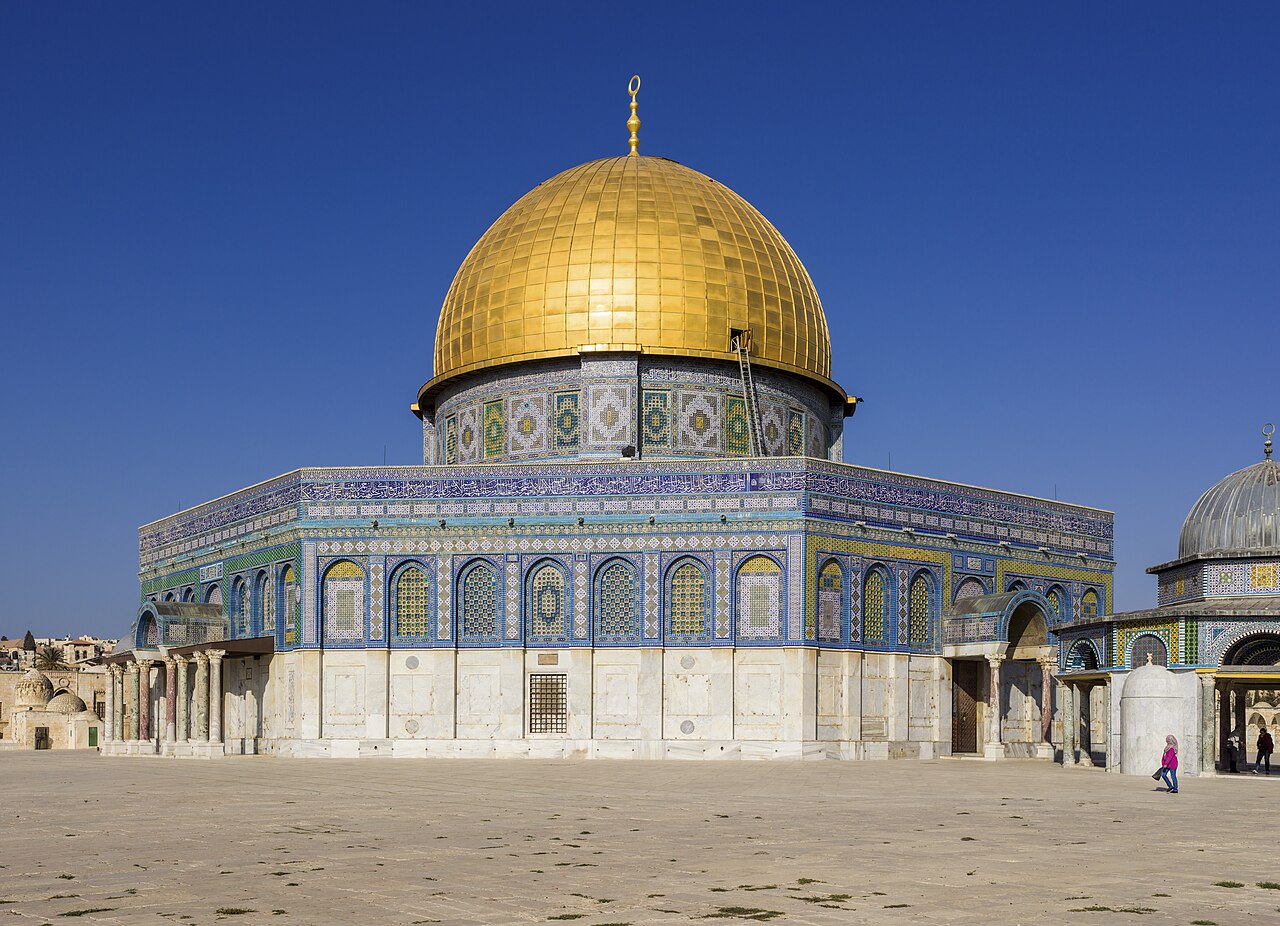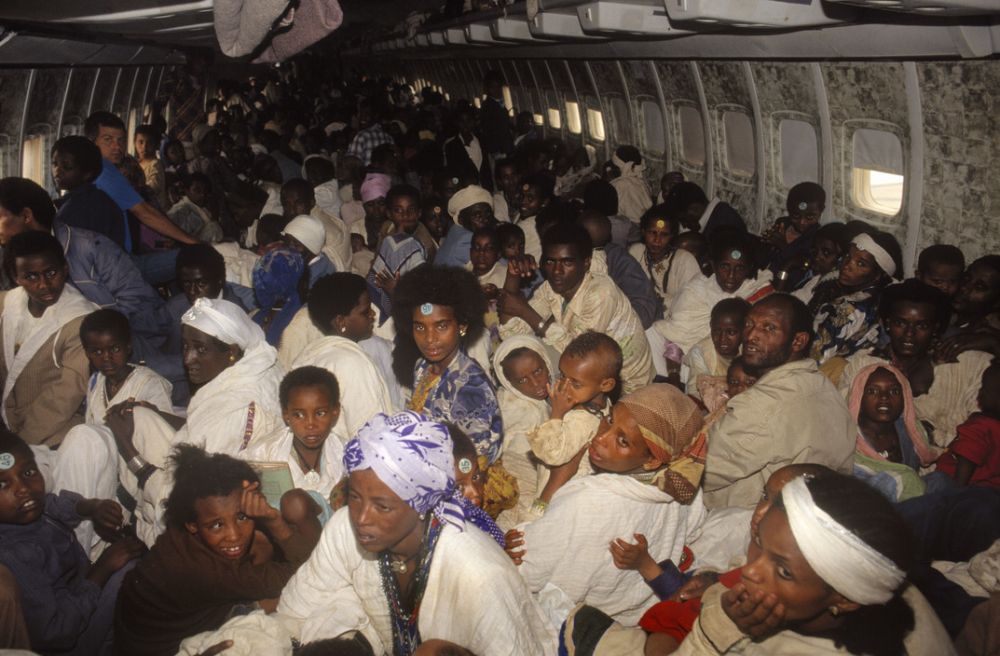
The return of a Lost Tribe – Beta Israel
Operations Mozes and Solomon The return of the Beta Israel to Israel
The
return of a Lost Tribe – Beta Israel
The
Beta Israel/ Falasha Jewry:
Beta
Israel, formerly called Falasha also spelled Felasha, now known
as Jews of Ethiopian origin. Their beginnings are obscure and
possibly polygenetic. Which immediately explains the controverse of being truly
Jewish according to the Halachi Laws. The Beta Israel (meaning House of
Israel) themselves claim descent from Menilek I, traditionally the son of
the Queen of Sheba and King Salomon. At least some of their
ancestors, however, were probably local Agau peoples in Ethiopia who
converted to Judaism in the centuries before and after the start of the
Christian Era.
Although
the early Beta Israel remained largely decentralized and their religious
practices varied by locality, they remained faithful to Judaism after the
conversion of the powerful Ethiopian Kingdom of Aksum to Christianity in
the 4th century CE, and thereafter they were persecuted and forced to
retreat to the area around Lake Tana, in northern Ethiopia. Coming under
increased threat from their Christian neighbours, the disparate
Jewish communities became increasingly consolidated in the 14th and 15th
centuries, and it was at this time that these communities began to be
considered a single distinct “Beta Israel.” Despite Ethiopian Christian
attempts to exterminate them in the 15th and 16th centuries, the Beta Israel
partly retained their independence until the 17th century, when the
emperor Susenvos utterly crushed them and confiscated their lands.
Their
conditions improved in the late 19th and early 20th centuries, at which time
tens of thousands of Beta Israel lived in the region north of Lake Tana. Beta
Israel men were traditionally ironsmith, weavers and farmers. Beta Israel women
were known for their pottery.
The Beta
Israel have a Bible and a prayer book written in Ge’ ez an
ancient Ethiopian language. They have no Talmudic Laws, but their preservation
of and adherence to Jewish traditions is undeniable. They observe
the Shabbat practice circumcision , have Synagogue services led
by priests (kohanim) of the village, follow certain dietary laws of Judaism,
observe many laws of Ritual Uncleanness, offer sacrifices on Nisan
14 in the Jewish religious year, and observe some of the major Jewish
festivals.
History:
The history
of Ethiopian Jewry goes back millennia. For almost 2,000 years, the Beta Israel
had their own community – even their own kingdom and army – in the Simien
Mountains region of Ethiopia. Their main city was Gondar, and their king was
said to be a descendant of the kohen gadol, the High Priest Zadok. Their Golden
Age was from 850 to 1270 CE, when the community flourished and they lived
autonomously.
While the
Beta Israel was cut off from the rest of the Jewish world – indeed, they
believed they were among the only Jews left on earth after the Temple’s
destruction! – slowly, word of their existence began to filter out. Marco Polo
and Benjamin of Tudela wrote of the existence of an independent Jewish nation,
a “Mosaic kingdom lying on the other side of the rivers of Ethiopia.” Eldad
Ha-Dani, a ninth-century merchant and traveler, told at length the story of the
Lost Tribes of Israel, including that of the ancient tribe of Dan, who lived in
Kush, the “land of gold,” mentioned in the first book of the Torah. They had
the five books of Moses (Chumash), he reported, but not the Talmud we have
today.
Throughout
the centuries, The Beta Israel fought numerous wars against other tribes
throughout Ethiopia – some Christian, others Muslim – and were subjected to
numerous attempts to forcibly convert them. Many were killed or sold into
slavery. One adversary who sought to subjugate them, the Emperor Zara Yacob
(who reigned from 1434–1468), even proudly added the title “Exterminator of the
Jews” to his name. Yet despite all the efforts to eliminate the community, and
horrendous hardships, the Beta Israel survived and clung to their traditions.
In the 16th
century, the chief rabbi of Egypt, David ben Solomon ibn Abi Zimra (also called
the Radbaz, c. 1479-1573), proclaimed that in terms of halacha, the Ethiopian
community was certainly Jewish. He wrote: “The matter is well-known that there
are perpetual wars between the kings of Kush, which has three kingdoms; the
Ishmaelites, the Christians and the Israelites from the tribe of Dan. They know
only a few of the biblical commandments, but are unfamiliar with the Oral Law,
nor do they light the Sabbath candle. War ceases not from among them.” He
concludes that “if the Ethiopian-Jewish community wishes to return to rabbinic
Judaism, they would be received and welcomed into the fold, just as were the
Karaites who returned to the teachings of the Rabbanites in the time of Rabbi
Abraham ben Maimonides.”
In the
mid-19th century, the Beta Israel population was estimated to number about
250,000 people (a number that would be greatly reduced by the famine of
1882-1892). But Western missionary organizations began an intensive drive to
convert them to Christianity. The London Society for Promoting Christianity
Amongst the Jews began operating in Ethiopia in 1859. These Protestant
missionaries, who worked under the direction of a converted Jew named Henry
Aaron Stern, converted many of the Beta Israel community to Christianity, but
also provoked a strong response from European Jewry.
As a
result, several European rabbis proclaimed that they recognized the Jewishness
of the Beta Israel community, and eventually, in 1868, the Alliance Israélite
Universelle organization decided to send the Jewish-French Orientalist Joseph
Halévy to Ethiopia to study the conditions of the Jews there. Upon his return
to Europe, Halévy made a very favorable report of the Beta Israel community in
which he called for the world Jewish community to save the Ethiopian Jews, to
establish Jewish schools in Ethiopia, and even suggested to bring thousands of
Beta Israel members to settle in Ottoman Syria (a dozen years before the actual
establishment of the first Zionist organization).
The myth of
the lost tribes in Ethiopia intrigued Jacques Faitlovitch, a student of Halévy.
In 1904, Faitlovitch decided to lead a new mission in northern Ethiopia. He
obtained funding from Jewish philanthropist Edmond de Rothschild and traveled
and lived among the Ethiopian Jews. In addition, Faitlovitch managed to disrupt
the efforts of the Protestant missionaries to convert the Ethiopian Jews, who
at the time attempted to persuade the Ethiopian Jews that all the Jews in the
world believed in Jesus. Following his visit in Ethiopia, Faitlovitch created
an international committee for the Beta Israel, popularized the awareness of
their existence and raised funds to enable the establishment of schools in
their villages.
As a result
of his efforts, in 1908, the chief rabbis of 45 countries made a joint
statement officially declaring that Ethiopian Jews were indeed Jewish. This
decision would later be affirmed by the leading rabbis of Israel, including
Rabbi Avraham Yitzhak Kook, Rabbi Yitzhak Herzog, Rabbi Ovadia Yosef and Rabbi
Shlomo Goren. The Jewishness of the Beta Israel community became openly
supported among the majority of the European-Jewish communities during the
early 20th century.
From 1980
to 1992 some 45,000 Beta Israel fled drought- and war-stricken Ethiopia and
emigrated to Israel. The number of the Beta Israel remaining in Ethiopia
is uncertain, but estimates suggested a few thousand at most. The ongoing
absorption of the Beta Israel community into Israeli society was, as said
before, a source of controversy and ethnic tension in subsequent years.
The
Mission
Jewish
tradition holds that there is no greater mitzvah than pidyon sh’vuyim, the
rescue of Jews at risk, or held captive. For the last half-century, Ethiopia’s
Jews have struggled to join their brothers and sisters – literally – in Israel.
Heroic efforts have been made by the Israeli government, through a series of
daring exploits – including Operations Moses, Solomon and Joshua – to bring the
Beta Israel home. They see themselves as no different whatsoever – other than
the color of their skin – from the Yemenite, Iraqi, Moroccan or Russian
communities who were welcomed into the land of and integrated into the Jewish
society. They survived devastating famines and endless wars; they battled
poverty, forced conversions and discrimination, yet they held on to their dream
of life in the Holy Land.
Now, thank
God, all but 10,000 of them have returned. The others wait to be reunited with
their families and join in our historic journey, in the sacred adventure we
call Zionism. They are deeply spiritual, gentle yet strong, patient yet
determined. They are remarkable in their resilience and they have been delayed
all too long. It’s time to bring them home. .
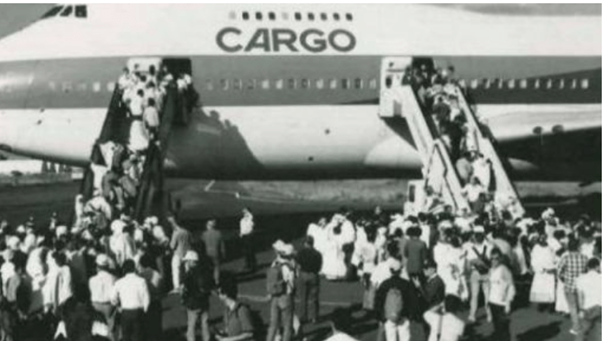
The
operation, named after the Biblical figure Moses, was a cooperative effort
between the Israel Defense Forces (IDF), the Central Intelligence
Agency (CIA), the United States embassy in Khartoum, Mercenaries,
and Sudanese state security forces. Years after the operation completed,
it was revealed that Sudanese Muslims and secret police of Sudan also played a
role in facilitating the mass migration of Ethiopian Jews out of
Sudan. Operation Moses was the Idea and ambition of then Associate U.S.
Coordinator for Refugee Affairs, Richard Krieger. After receiving accounts of
the persecution of Ethiopian Jews in the refugee camps, Krieger came up with
the idea of an airlift and met with Mossad and Sudanese representatives to
facilitate the Operation.
After a
secret Israeli cabinet meeting in November 1984, the decision was made to go
forward with Operation Moses. Beginning November 21, 1984, it involved the air
transport byTrans European Airways of some 8,000 Ethiopian Jews from Sudan
via brussels to Israel, which operation ended on January 5, 1985.
Over those
seven weeks, over 30 flights brought about 200 Ethiopian Jews at a time to
Israel. Trans European Airways had flown out of Sudan previously with
Muslims making the pilgrimage to Mecca, so using TEA was a logical solution for
this semi-covert operation because it would not provoke questions from the
airport authorities.
Before this
operation, there were approximately as few as 250 Ethiopian immigrants in
Israel. Thousands of Beta Israel had fled Ethiopia on foot for refugee
camps in Sudan, a journey which usually took anywhere from two weeks to a
month. It is estimated as many as 4,000 died during the trek, due to violence
and illness along the way. Sudan secretly allowed Israel to evacuate the
refugees. Two days after the airlifts began, Jewish journalists wrote about
“the mass rescue of thousands of Ethiopian Jews.”
Operation
Moses ended on Friday, January 5, 1985, after Israeli Prime
Minister Shimon Peres held a press conference confirming the airlift while
asking people not to talk about it. Sudan killed the airlift moments after
Peres stopped speaking, ending it prematurely as the news began to reach their
Arab allies. Once the story broke in the media, Arab countries pressured
Sudan to stop the airlift. Although thousands made it successfully to Israel,
many children died in the camps or during the flight to Israel, and it was
reported that their parents brought their bodies down from the aircraft with
them. Some 1,000 Ethiopian Jews were left behind, approximately 500 of
whom were evacuated later in the U.S.-led Operation Joshua. More than
1,000 so-called “orphans of circumstance” existed in Israel, children separated
from their families still in Africa, until five years later Operation
Solomon took 14,324 more Jews to Israel in 1991. Operation Solomon in 1991 cost
Israel $26 million to pay off the dictator-led government, while Operation
Moses had been the least expensive of all rescue operations undertaken by
Israel to aid Jews in other countries.
Operation Solomon
“Operation
Solomon was a rescue aliyah operation. It was a historic chapter that attests
to the ability and desire of the people of Israel to rescue Jews anywhere in
the world,” says former shaliach (emissary) Avi Mizrahi, who at the time of
Operation Solomon was in charge of Ethiopian airport operations for The Jewish
Agency, along with then-IDF deputy chief of staff Amnon Lipkin-Shahak.
“Thousands
of people participated, including Jewish Agency staff in Ethiopia and Israel,
in cooperation with all of the parties involved – the Joint Distribution
Committee (JDC), the Ministry of Foreign Affairs, the Mossad, the IDF and
especially the air force, American Jewry and the Jewish Federations of North
America JFNA [then UJA], as well as the American Association for Ethiopian
Jews. More than 14,000 Ethiopian Jews were spared from decades of waiting,
arriving in Israel via air shuttles within 24 hours.” In his first interview on
the 30th anniversary of the operation, he adds, “For me, this operation was the
ultimate. What we had wished throughout all our years of activity,
happened. Thirty years
have passed and
I am still excited about it as if it happened yesterday.”
In 1989,
after 16 years of separation, diplomatic ties between Israel and Ethiopia were
renewed and the Ethiopian government, led by dictator Mengistu Haile Mariam,
allowed several hundred Jews to immigrate to Israel each month as part of a
family reunification program. At the beginning of 1991, the security situation
in Ethiopia was shaky, as conflicts between the central government and
Mengistu’s opponents intensified. With rising tensions in the country, there
was growing concern about the fate of the Ethiopian Jews, and it was decided to
bring them to Israel in a rapid-response operation. Some $35 million was paid
to the local government with the help of donations from American Jewry, in
exchange for its consent to bring the Jews to Israel. The dramatic operation
was named “Operation Solomon,” after King Solomon, who according to the
biblical narrative, met the Queen of Sheba.
In
September 1990, 38-year-old Avi Mizrahi, together with his wife, Orna, and
their four young daughters – Kinneret, three; Reut, five; Ma’ayan, nine; and
Liron, 13 – traveled to Ethiopia as the shaliach of The Jewish Agency. The
Mizrahi family was the first Israeli family sent to Ethiopia, and was followed
by others, via the JDC. The two organizations together assisted the members of
the community in finding employment, and provided a living allowance, schooling
and more. The mission to bring the Jews of Ethiopia to Israel was entrusted to
The Jewish Agency’s emissaries. In December 1990, there was an attempted
revolution in Ethiopia.
“There had
been several attempts in the past, but this time we realized that the situation
was different,” says Mizrahi. “Because of the situation, they began returning
the families of the Israeli emissaries to Israel, including my wife and four
daughters. At the same time, the JDC, with the assistance of The Jewish Agency,
prepared a communications network – a group of 120 activists from the community
who would assist in dealing with the Jews of Ethiopia should the situation
worsen.
“In 1991,
we realized that the situation was escalating. Two issues concerned us. One was
the question of how the community would survive if the situation deteriorated.
The other was the possibility of rescuing Ethiopian Jews before the
revolution.
Micha
Feldman was in charge of The Jewish Agency delegation in Ethiopia, which
consisted of several emissaries. Uri Lubrani was appointed by the Foreign
Ministry to negotiate with the authorities to carry out the operation. Together
with representatives of the Ministry of Foreign Affairs, the Mossad and the JDC
and the IDF, we began to think about how to get them out within 48 hours,”
recalls Mizrahi.
The
rebels had already reached the outskirts of Addis Ababa.
“On the
evening of Thursday, May 23, we received approval for the operation. We did not
know how to inform everyone. We gathered the group of activists and informed
them that the aliyah operation would begin the next day. We were concerned that
once the operation became known that there would be many factors that would try
to sabotage it. We decided to tell them the truth: ‘There is a secret operation
and everyone is making aliyah.’
“WE TOLD
THEM to bring everyone to the embassy the next day, without exception. We asked
them to bring their families early in the morning and then bring the rest of
the community. We prepared the huge courtyard of the embassy as an exit station
for the olim [immigrants], and the olim themselves prepared the compound, not
knowing that they were preparing it for the upcoming operation.”
One of the
challenges was to obtain a fleet of buses that would take the immigrants from
the embassy compound to the planes without arousing suspicion. A creative
solution was found.
“In order
to prepare without giving away the existence of the operation, we organized a
trip to the zoo for the students on Thursday, the day before the operation
began. This way we could order the buses and plan the transportation of olim
from the embassy complex.”
On Friday
morning, members of the network began visiting the homes of members of the
Jewish community to inform them that they were about to make aliyah to
Israel.
“There was
tremendous excitement. Many were crying. It is difficult to describe it in
words. Some families tried to sell their possessions before leaving for the
embassy compound. Some succeeded,” says Mizrahi. “We set up organized stations
in the Israeli Embassy complex for the entire process required before aliyah.
At one station, we checked the family ID that had been prepared in advance for
each family against a picture of the entire family. At another station, numbers
were prepared for all immigrants to identify them by organized groups to get to
the buses and from there to the planes. The difficulty was that huge numbers of
people came to the Israeli Embassy – not just Jews. We only admitted those with
the certificates. At that time there was a nightly curfew in Ethiopia. Anyone
walking on the street was shot. Together with the authorities, we agreed that
the curfew would not apply to our buses.”
Throughout
those nerve-wracking hours, additional problems arose that required
improvisation and quick fixes: The Ethiopian government requested that an
Ethiopian airline plane take part in the operation.
“We arrived
at the airport with 200 immigrants and the captain informed us that there were
only 150 seats on the plane. I quickly recovered and informed the captain that
50 of the passengers were babies sitting on their parents’ knees.More than 100
round-trips of dozens of buses set off, from 6 a.m. Friday until 7 a.m.
Saturday.
“It has
been said that Operation Solomon lasted 36 hours,” says Mizrahi. “I claim that
it was only 24 hours – from the first plane that left Ethiopia on Friday to the
last plane that left Ethiopia on Saturday. After transferring everyone from the
embassy compound to the runway, I drove to our apartment in Addis Ababa, took a
suitcase and joined the last plane in the operation that took off for Israel.
We landed in Israel on Saturday around three or four in the afternoon. There
was a complete blackout about the operation and nothing was published in the
media.
“I got off
the plane at the civilian airport section and drove home to Jerusalem. The
immigrants continued to the reception held in their honor at the airport. I
turned on the TV and saw the immigrants, who just a short time earlier I had
accompanied on the big aliyah operation. I could finally relax. All of the
immigrants were brought to absorption centers and hotels operated by Jewish
Agency personnel in coordination with government ministries.”
What about
families who did not arrive on time? Mizrahi joined The Jewish Agency in 1978
as a social worker and began to work with Ethiopian immigrants in 1980,
assisting them in their aliyah and absorption in Israel. He led the absorption
of immigrants in Operation Moses, and knew he would return to complete the
mission. Several months later, after the airport opened in Addis Ababa, he flew
to Ethiopia and brought the families who had remained behind.
RACHELI
TADESA MALKAI, 38, founder and director of an organization for the empowerment
of Ethiopian women, was eight years old when she immigrated to Israel in
Operation Solomon with her parents and three younger brothers.
“About a year before our aliyah, a rumor spread that we would soon be able to immigrate to Israel,” she says. During the interview, we found out that her father was one of those from the communications network
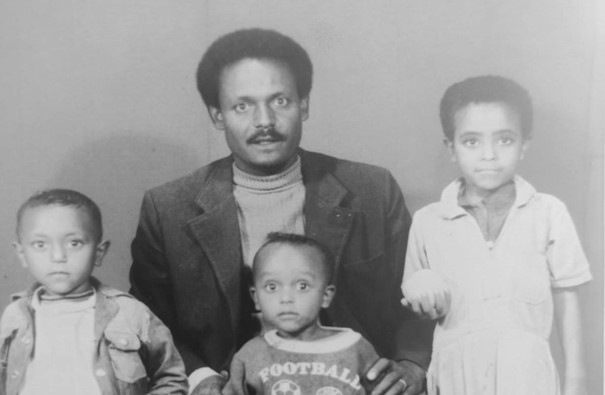 RACHELI
TADESA MALKAI together with brothers Eli and Asher and their father after
receiving documents. (Jewish Agency)
RACHELI
TADESA MALKAI together with brothers Eli and Asher and their father after
receiving documents. (Jewish Agency)
“Dad was
very purposeful. I was very stressed. We left overnight for a place I did not
know, completely different from what I had known. Were we really being taken to
a safe place? We moved to Addis Ababa from a town near Gondar, to be near the
embassy. One day we were told that the planes were on their way. Everything was
done in secret. We arrived at the embassy courtyard. There were thousands of
people with small suitcases and bags of mementos. A number had been written on
our foreheads so we could know to which group and plane we belonged. At the
airport, planes waited for us with their engines running so that they could
depart quickly. The valuables and souvenirs that my parents had brought with
them had to be left behind.
They were
told that the space on the plane was for people – not belongings.
“When I got
on the plane, I felt like I was getting into a big bird. A shiny black plastic
sheet was spread out on the floor. There were no seats. They had been taken
out, so that there would be as much room as possible for people. After everyone
got in, we were told, ‘You can sit down.’ Today I know that these were IDF
soldiers in civilian clothes. I sat close to the window because I wanted to see
what was happening. I remember the concerns. I said to my mother, ‘Are we
really going in the sky with this bird?’ I had never seen planes before.
“The flight
took off, and in the middle of the flight there were shouts of a woman kneeling
to give birth. We were told to make room for her so that they could assist her
in giving birth. There was little room, and I heard whispers. These were very
tense moments. One of the guys told a joke to relieve the tension. I could not
believe my eyes. It took a few seconds from the moment the baby emerged until
he cried. Everyone laughed and applauded. They took the woman aside, wrapped
the baby in a blanket and we arrived in Israel. My parents said, ‘Something new
has been born. We are on our way to the Holy Land.’
“When the
plane landed, no one believed it was real. We had all dreamed from the day we
were born of a land flowing with milk and honey. This is what we had heard
about the Holy Land. I was curious; is the water that is flowing really milk,
and is everyone licking honey? We went down the steps of the plane, and I saw a
sight I will never forget: Everyone – big and small, was lying on the tarmac
and kissing the Land of Israel. To this day, I tell myself that there are many
aliyot, but the aliyah of the Ethiopians was particularly moving.
“It was an
aliyah of a people that preserved its Judaism for 2,000 years without any
connection to the outside world. It took time and today I can say, it is indeed
a land flowing with milk and honey, with a bit of thorns, but we should not let
anyone question us. This is my country like everyone else’s, and my social
activity is focused on accepting ourselves as we are – to be proud of who we
are and not to hide behind another identity.’
“This
milestone anniversary of Operation Solomon serves as a crucial reminder for
Israel and world Jewry that all of the Jewish people are responsible for one
another. It also shows, once again, that when the global Jewish people
collectively rally together around a cause, nothing is impossible,” said Jewish
Agency Chairman Isaac Herzog. “A wonderful example of the power of our unity
are the 2,000 new olim The Jewish Agency was able to bring from Ethiopia this
past year, despite the pandemic, together with the Aliyah and Integration
Ministry, with support from global Jewry including the Jewish Federations of
North America, Keren Hayesod and other donors from around the world.”
